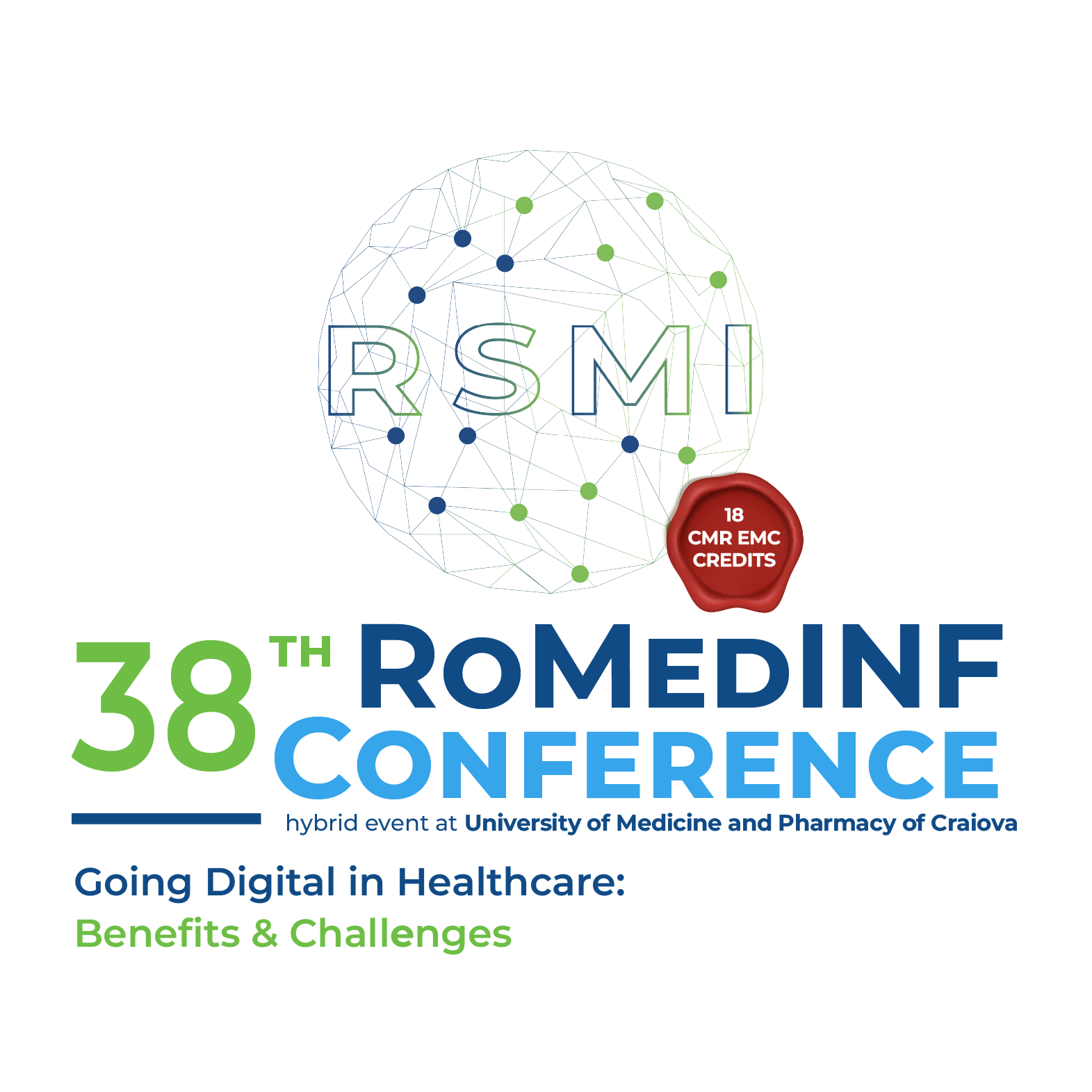Best Practices and Pitfalls of Deep Learning in Pathology
Keywords:
Deep Learning, Pathology, Best Practices, PitfallsAbstract
Deep learning (DL), as part of artificial intelligence, has emerged as a transformative tool in pathology, offering unprecedented advancements in diagnostic accuracy, efficiency, and automation. However, its implementation requires careful consideration to ensure reliability, ethical compliance, and clinical relevance. This talk explores the essential do’s and don’ts when integrating DL in pathology. Do’s: Implementing DL in pathology necessitates rigorous data curation, ensuring high-quality and diverse datasets to mitigate bias. Proper validation and external testing across multiple institutions enhance generalizability and robustness. Transparent and explainable AI models improve clinician trust and facilitate regulatory approval. Collaboration between pathologists, data scientists, and software engineers is crucial for clinical integration and usability. Additionally, compliance with ethical guidelines and regulatory standards ensures responsible deployment. Don’ts: Over-reliance on DL models without human verification can lead to critical diagnostic errors. Using insufficient or imbalanced training datasets results in biased and non-generalizable models. Neglecting interpretability limits clinician adoption and accountability in decision-making. Ignoring regulatory and ethical considerations may lead to non-compliance and patient safety risks. Finally, inadequate continuous model monitoring and updates can lead to performance degradation over time. By adhering to these best practices, DL can revolutionize pathology while maintaining clinical integrity and patient safety. This talk highlights key considerations for researchers and practitioners aiming to harness AI’s potential responsibly in pathology.
Downloads
Published
How to Cite
Issue
Section
License
Copyright (c) 2025 Mircea-Sebastian ȘERBĂNESCU

All papers published in Applied Medical Informatics are licensed under a Creative Commons Attribution (CC BY 4.0) International License.

